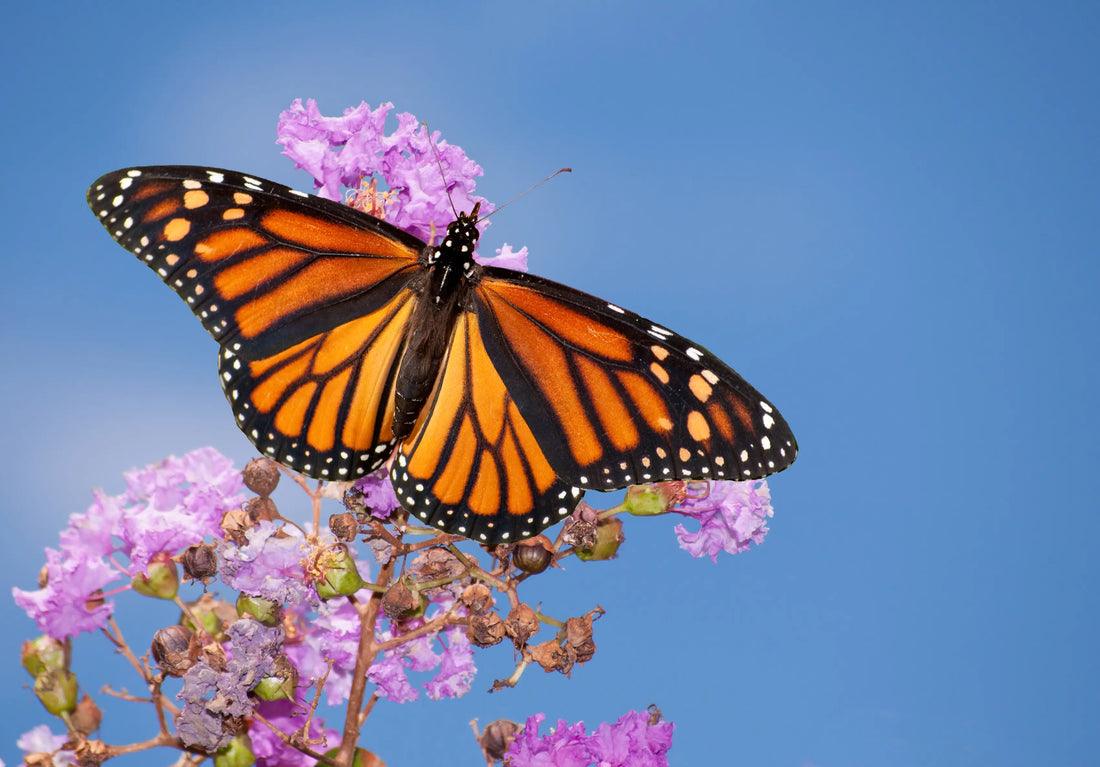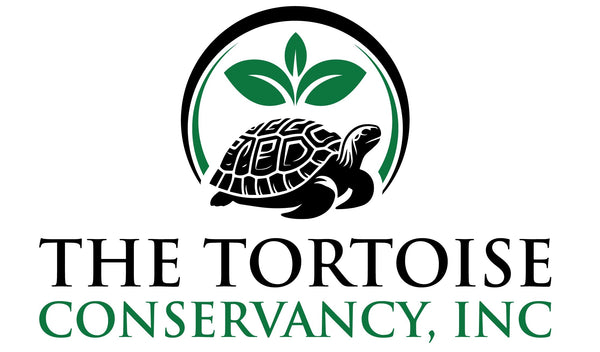
Gopher Tortoise Habitats: A Home for Endangered Pollinators
Share
Pollinators are among the most important species in any ecosystem. They are responsible for the reproduction of many plants, which in turn provide food and habitat for a wide range of animals. However, pollinator populations are in decline due to habitat loss, pesticide use, and climate change. By preserving gopher tortoise habitats, The Tortoise Conservancy is also helping to protect these vital species.

Gopher tortoise habitats are often home to a variety of flowering plants that rely on pollinators to reproduce. These plants provide nectar and pollen for bees, butterflies, and other insects, while the pollinators help ensure the continued growth and diversity of the ecosystem. Without healthy pollinator populations, many of the plants that gopher tortoises and other species depend on would not survive.
In addition to supporting plant diversity, pollinators play a crucial role in the food chain. Many bird and mammal species rely on pollinators as a food source, either by directly consuming them or by eating the fruits and seeds that result from pollination. By protecting pollinators, we are supporting the entire ecosystem, ensuring that species at every level of the food chain can thrive.
Featured Species: Monarch Butterfly

The monarch butterfly is one of the most well-known and beloved pollinators, but its populations have been in decline for decades due to habitat loss and the disappearance of native milkweed, which is essential for monarch reproduction. Gopher tortoise habitats, particularly in Florida and Georgia, are home to several species of milkweed, providing a vital resource for monarchs as they migrate across North America.
By preserving and restoring gopher tortoise habitats, The Tortoise Conservancy is helping to create safe havens for monarch butterflies, ensuring that they have the food and shelter they need to complete their long migrations and contribute to the health of the ecosystem.
